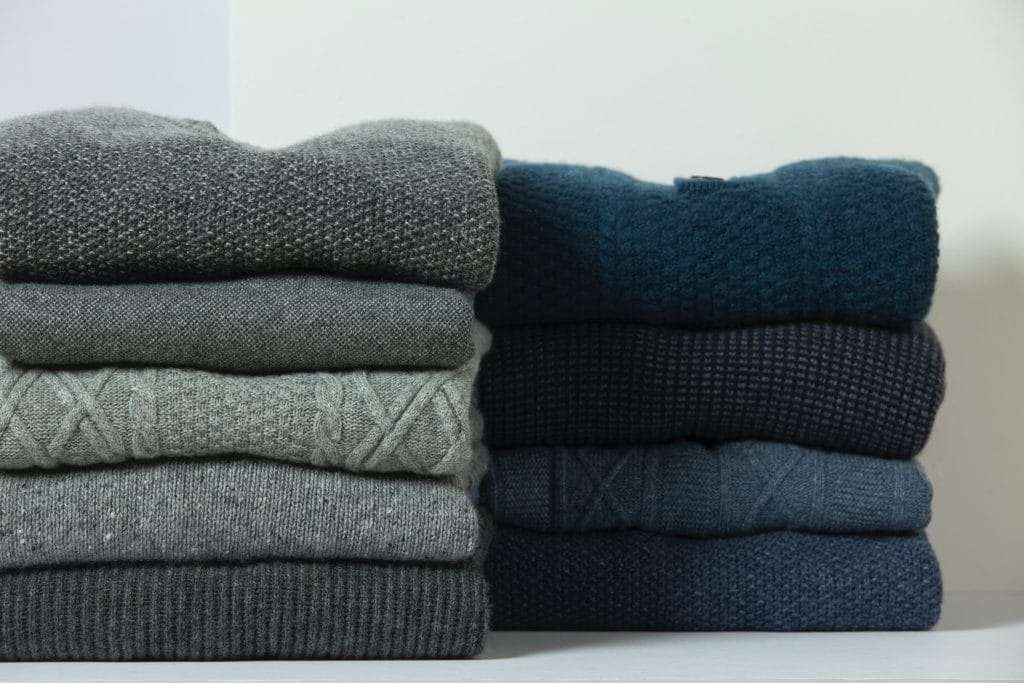Floor-length fur coats may be out of style, but using animals in fashion is certainly not.
In 2017, Gucci decided fur was out. At the time, the luxury brand stated that fur was “not modern.” It also thanked animal rights organizations for raising awareness and called out “deprivation and cruelty” in the fur industry.
It was all pretty progressive and hopeful. Could the future of fashion really be animal-free? Fast-forward to 2023, and the answer is no. Well, at least, not yet. Just six years after it declared that fur was outdated, Gucci was caught selling a hat made from 100 percent rabbit felt.
After a wave of call-outs, Gucci has now pulled all rabbit felt from its shelves. However, the fashion house also attempted to justify its use of the material because it doesn’t have the animal’s skin attached to it. That’s likely why it still sells materials like wool, cashmere, and mohair — even despite making progress with its vegan leather Demetra material, among other innovations.

Sadly, it’s not alone. Prada, which announced it was going fur-free in 2019, continues to sell Angora and mohair. Victoria Beckham, Michael Kors, and Net-a-Porter are all examples of brands that have no-fur policies, and yet, they still sell clothing made with mohair, cashmere, or angora.
Is it time that fashion brands started treating all animal hair with the same disregard as mink or fox fur? After all, most animal-derived materials come with “deprivation and cruelty” in their past, regardless of whether or not they’re sold with the skin attached.
The problem with angora, mohair, and cashmere
Just like mink fur used to be (and still is, depending on where you shop), angora, mohair, and cashmere are all considered luxury fibers, which is why you often find them on the shelves of designer brands. Although that said, they’re not exclusively sold by luxury fashion retailers. Fast-fashion giant H&M, for example, sells mohair — even though it pledged to ban it back in 2018. At the time, the retailer released a statement that read: “It is of the utmost importance that animals are treated well.”

That is far from the reality of the industry, according to the animal rights organization Four Paws. It notes that investigations have revealed goats being dragged by their horns, legs, or tails, and then shorn violently without pain relief. After that, the goats are left vulnerable to the cold, because they do not have insulating layers of body fat.
“Thermoregulatory consequences can be fatal even during the summer shearing process,” explains Four Paws. “In spite of the moderate temperatures, the wind and rain make goats vulnerable to pneumonia and consequently, a high mortality rate.”
In the angora rabbit wool industry, the story is similar, according to PETA, the world’s largest animal rights organization. Investigations into the cashmere industry have found goats screaming in pain, with bloody cuts and no pain relief. And, despite the fact that many fashion brands will tell you these materials are different from other furs because the animals are kept alive, the truth is, most are sold into the meat trade when they are no longer profitable.
Where to find ethical fashion
Right now, the fashion industry appears to be a mix of bans and pledges on various materials, and all seem to contradict each other. It’s not just that brands will ban fur and then still sell mohair, cashmere, angora, or rabbit felt, but many also see leather, which comes from an industry that slaughters more than one billion animals every year and destroys the rainforest, as a staple material.

Ethical designer Stella McCartney, who has never used leather or fur, has been calling out the hypocrisy in fashion for years. “It’s one thing to give up fur, but [many of those brands] weren’t really selling fur,” she told Vogue in 2019. She added: “It’s a good message, but [those statements] can feel a little throwaway … if you really mean it, stop using leather, full stop, and then you’ll see a massive, massive change in the industry’s environmental impact.”
There are some brands, however, that are trying to make a real difference in the future of fashion. In 2021, Danish brand Ganni announced it was set to phase out leather completely, and just recently, it debuted a new bag made with Ohoskin, which uses waste from the orange and cacti markets. That said, it still sells mohair berets, coats, and cardigans.
If you want to avoid leather in your wardrobe completely, you can find our guide to many of the different types of sustainable alternatives here. And for staying cozy without any animal hair whatsoever, whether it’s from a goat or a rabbit, you can find our favorite sustainable knits here.
Related on Ethos:


